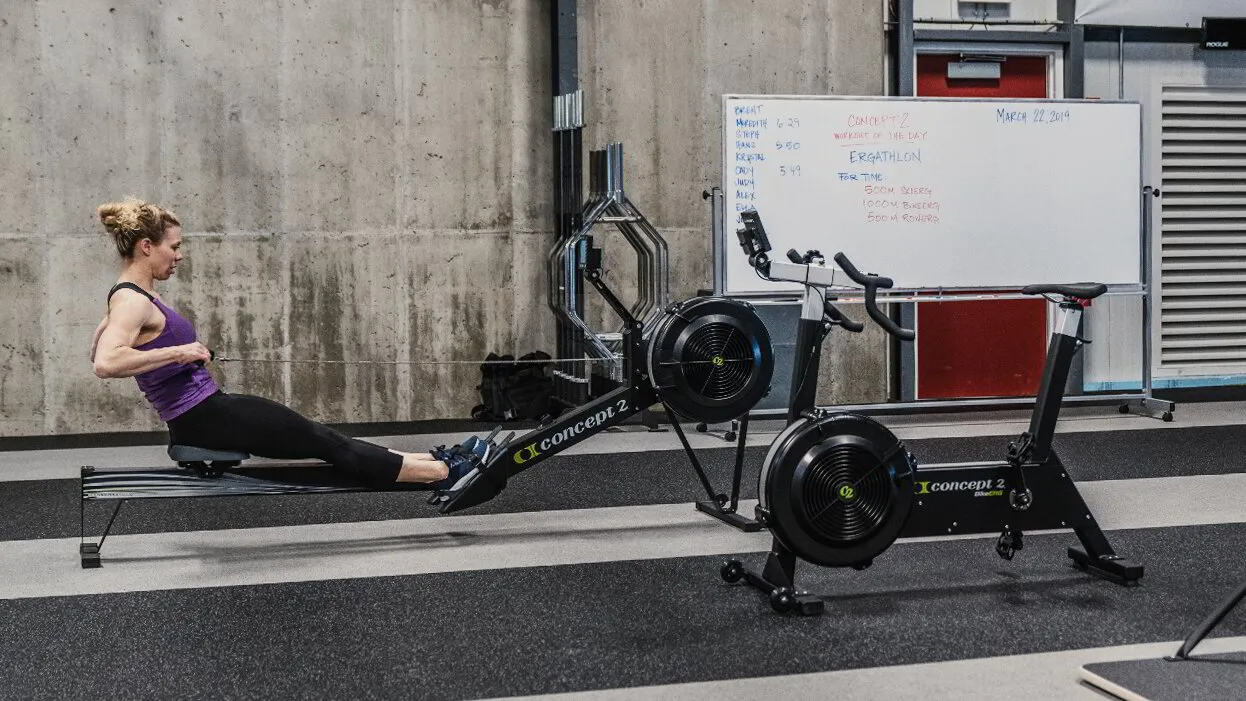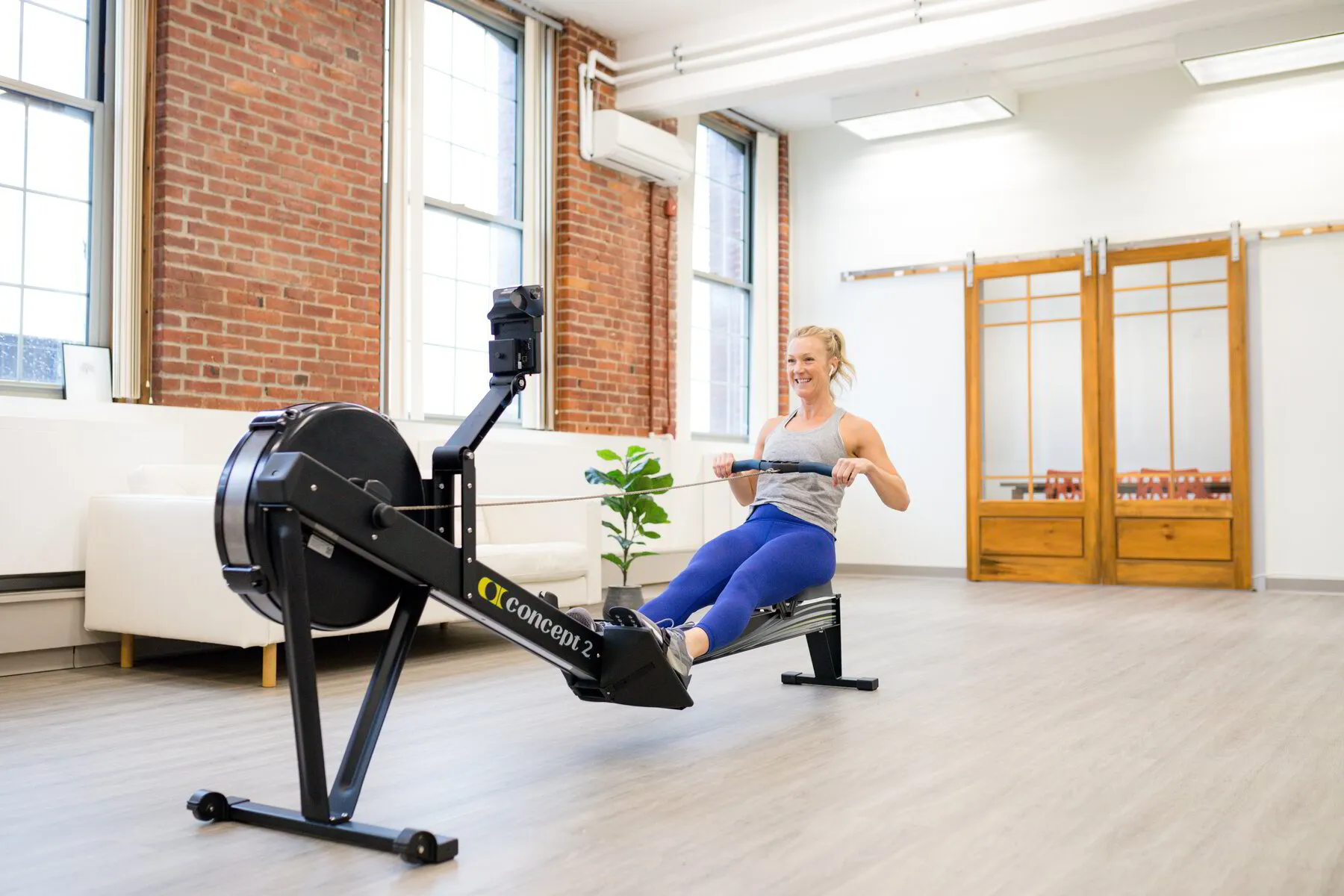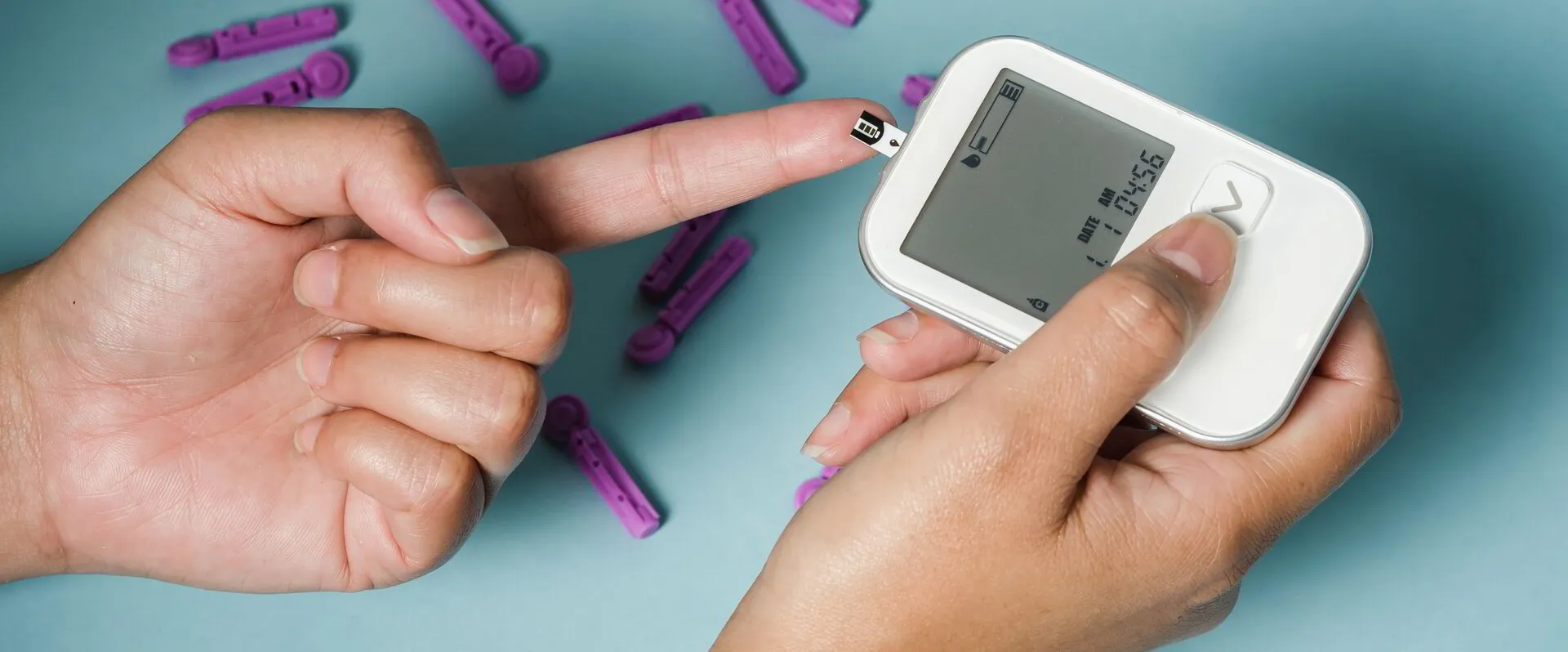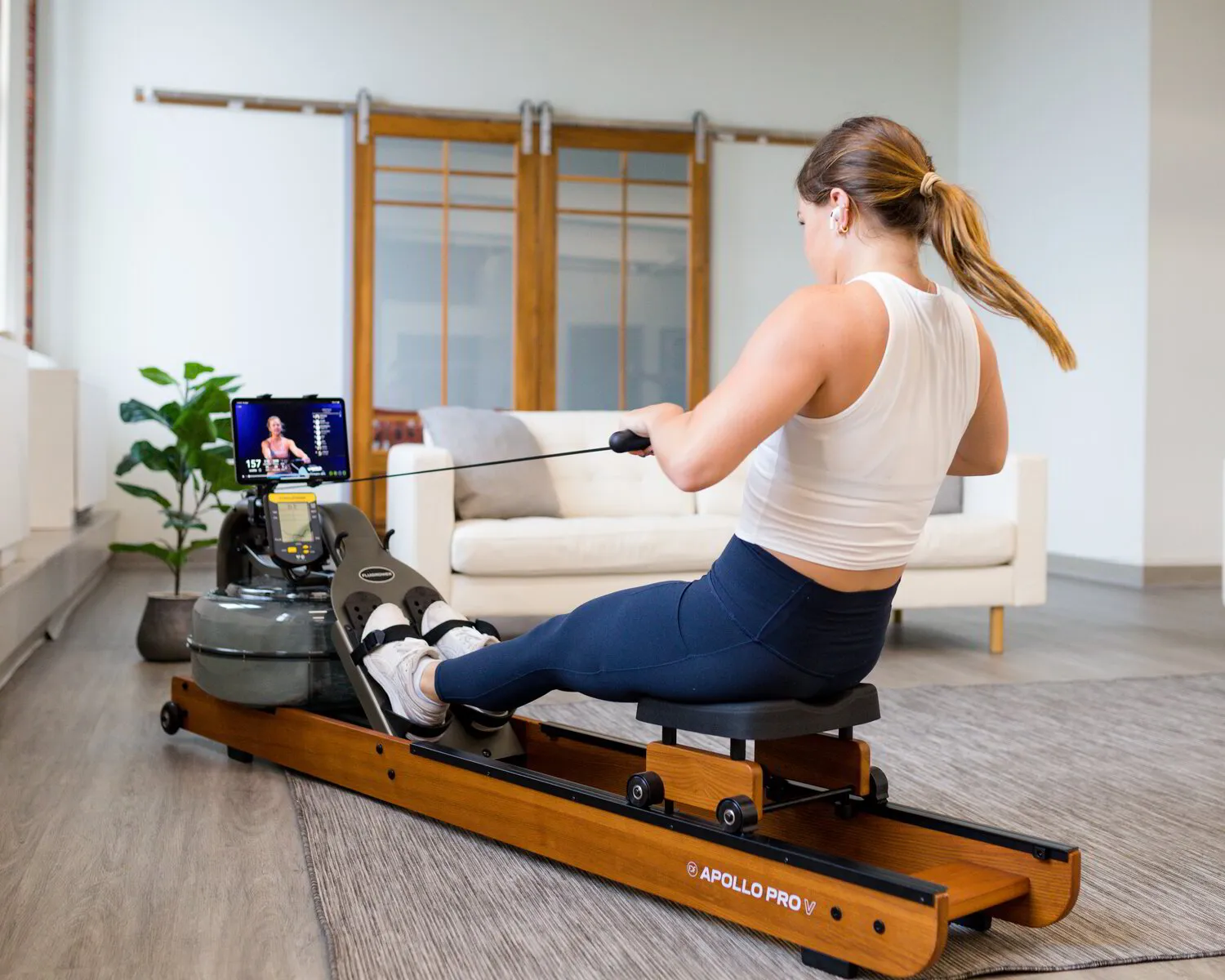Row your way to a fitter and healthier you!
Indoor rowing is one of the most effective and efficient workouts to improve cardiovascular fitness, build strength, and lose weight.
Indoor rowing activates all major muscle groups and is a fun, low-impact alternative to running or cycling.
While indoor rowing is an excellent way to reach your fitness goals, it also provides you with a wide range of health benefits.
#1 Indoor rowing can decrease your risk of cardiovascular disease
Aerobic exercises, such as rowing, can improve your cholesterol profile; creating an increase in high-density lipoprotein (HDL) cholesterol while lowering your low-density lipoprotein (LDL). Improving your cholesterol profile can prevent plaque buildup in your arteries and decrease your risk of cardiovascular disease.
In addition, aerobic exercise increases the supply of oxygenated blood to your muscles. Over time this will strengthen your heart and make it more efficient.
#2 Indoor rowing can help control or prevent diabetes
Diabetes in America has become an epidemic, with about 10% of the population having the disease. According to a report issued by the Centers for Disease Control (CDC) in 2015, around 30.3 million Americans suffer from diabetes, and 84.1 million have pre-diabetes.
Managing your blood sugar by preventing insulin resistance is one of the ways you can prevent or improve this condition. Studies have found that cardiovascular training is an excellent way to increase insulin sensitivity because it improves your muscles’ ability to absorb (excess) carbohydrates.
And the good news doesn’t stop there: another study has found that exercise can increase insulin sensitivity for up to 16 hours, which will help prevent diabetes.
#3 Indoor rowing can help you lose weight
Research has shown that indoor rowing is a safe and effective way to lose weight and improve body composition.
When you exercise, your body releases hormones adrenalin and noradrenalin, which stimulate your body to burn fat.
Of course, any type of exercise is better than no exercise. But when it comes to weight loss, exercises that activate the major muscle groups are most effective. That is why indoor rowing will outshine most other cardio workouts.
One reason for the effectiveness of indoor rowing is the nature of the recovery process: when you overload a muscle, you cause micro-tears within the muscle fiber. During the recovery process, the body requires energy (aka calories) to repair these tears. The more muscles you use during a workout, the more energy your body needs to recover from it.
Indoor rowing is a full-body workout that helps you to burn up to 800 calories per hour while strengthening the muscles of your back, legs, core, hips, arms, and shoulders.
#4 Indoor rowing is easy on the joints but “hard” on the muscles
Regular exercise has a positive impact on your joint tissues. However, repetitive high-impact movements, such as running, can place stress on your joints.
As rowing involves no jumping or landing on hard surfaces, it can be an effective alternative that allows you to build strength while improving cardiovascular fitness.
#5 Rowing can prevent muscles imbalances
Cardiovascular exercises, like cycling or running, focus on specific muscle groups that eventually lead to muscle imbalances. Imbalances will increase your risk for sports injuries.
Unlike other exercises, rowing engages all major muscle groups. For example, exercises like running or cycling are very lower-body-focused exercises.
With proper form, indoor rowing can be especially beneficial for individuals suffering from knee pain. Regular rowing helps to build muscle around the knee. That can help to support and protect the knee joint.*
#6 Indoor rowing can improve your posture
The increased usage of mobile devices and PCs harms people’s health. Forward head posture (FHP), or nerd neck, has become an epidemic leading to neck pain, headaches, spinal issues, decreased lung capacity, and more.
Maintaining proper form while rowing can combat FHP as it strengthens the back of your shoulders, the mid-back, and the upper back. Strong muscles in these areas are crucial for good posture.
If you focus on squeezing your shoulder blades while pulling back, you can further capitalize on that effect.
#7 Indoor rowing can reduce stress and mental health
Exercise can help reduce stress by releasing calming or mood-enhancing neurotransmitters such as serotonin, dopamine, and endorphins.
While all forms of exercise have this effect, activities with repetitive movement patterns like rowing seem to be especially beneficial for stress reduction.
According to a study published in the British Journal of Sports Medicine, engaging in 30 minutes of interval cardio exercise, for ten consecutive days, increased mood in patients with depressive disorders significantly.
Apart from that, exercise can help to grow new brain cells and thus prevent cognitive decline.
What is better: indoor or outdoor rowing?
While outdoor rowing allows you to be in nature, which provides a unique mood-boosting experience, it might be hard to fit into a busy schedule.
But indoor rowing allows you to perform an effective, full-body workout from your home or in a gym. Even a short, 15-minute workout will provide you with the health benefits mentioned above.
In addition, using an indoor rowing machine allows you to choose a resistance level, which helps to tailor the workout to your specific goals!
How much time should you spend on an indoor rowing machine?
The answer depends on your fitness level and schedule.
If you’re new to indoor rowing, a 10 to 15-minute workout is a good place to start. These classes should be focused on specific rowing drills to learn the unique movements.
If you’re on a tight schedule, a vigorous 15-minute workout on a rowing machine can be as (or more) effective than an hour of steady-state cardio.
Generally speaking, it’s a good idea to vary between intense, low-impact, endurance, and interval workouts ranging anywhere between 10 to 60-minutes. Altering your workouts will help avoid weight loss and performance plateaus.








